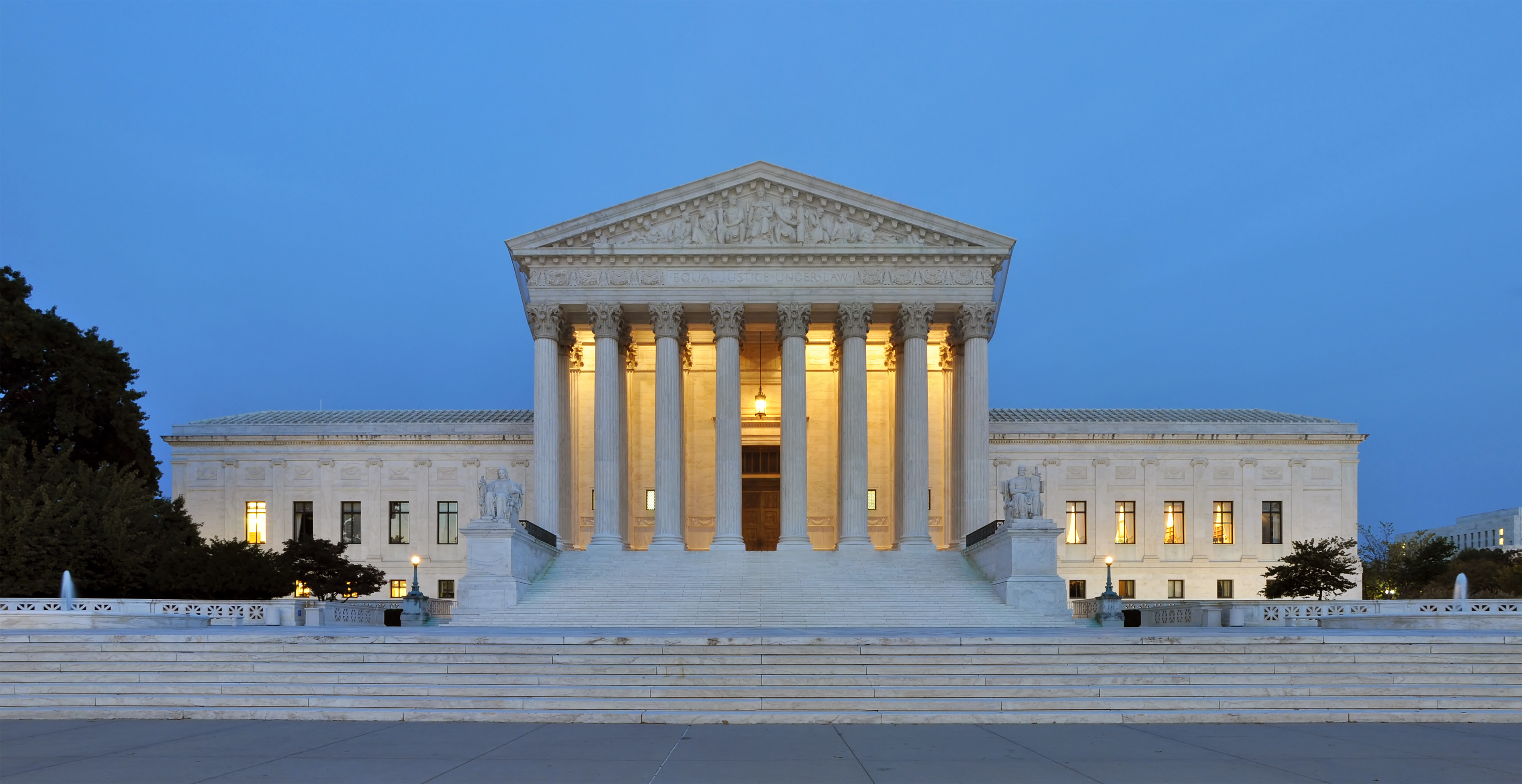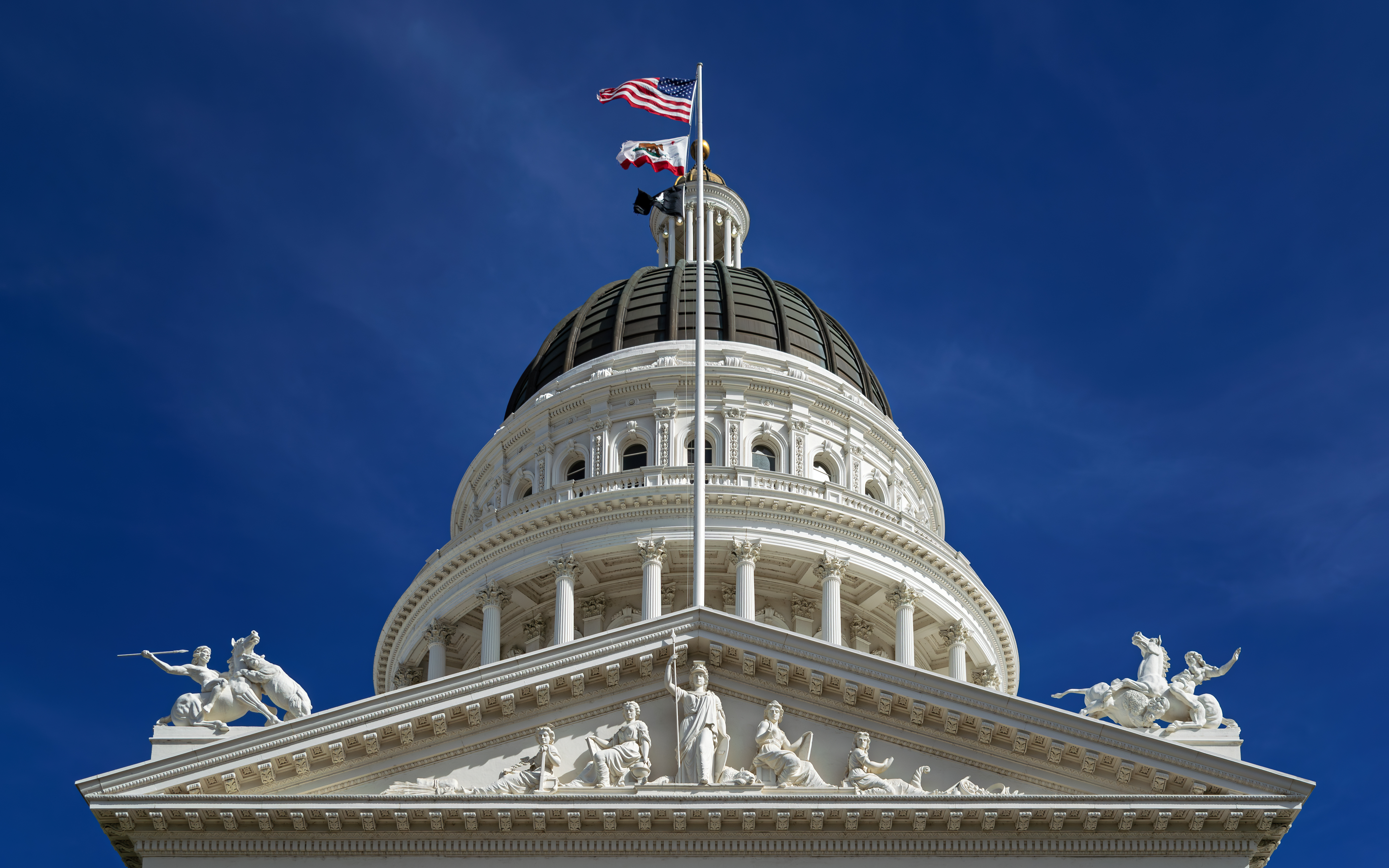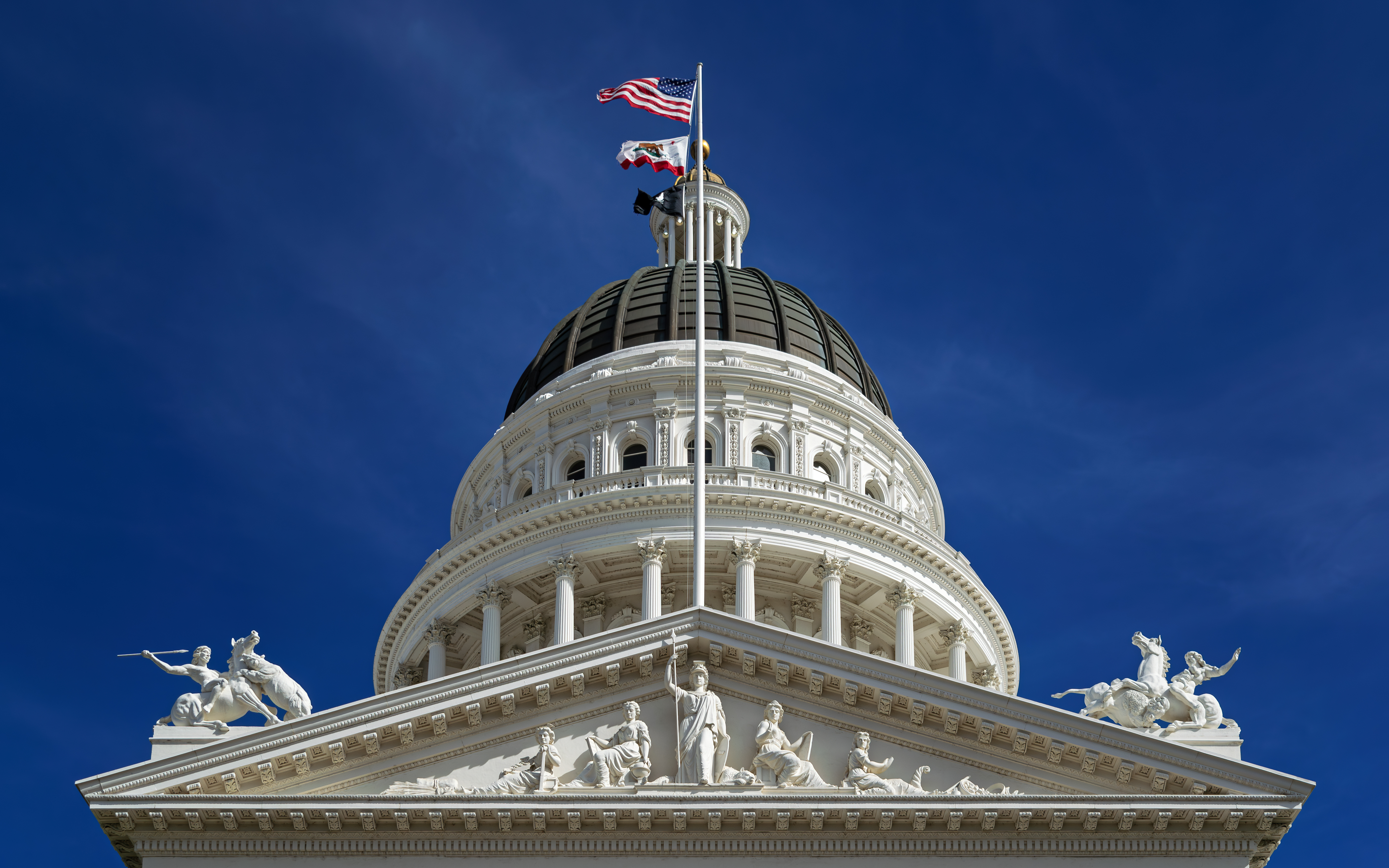The Supreme Court’s new term promises to be a constitutional earthquake that could fundamentally reshape American governance, with 39 cases poised to dismantle decades of administrative overreach while restoring the framework our Founders envisioned. For patriots who have watched unelected bureaucrats usurp power from both Congress and the presidency, this term represents nothing short of a restoration moment.
At the heart of this judicial reckoning lies a direct challenge to the so-called “fourth branch” of government—the sprawling administrative state that has operated beyond voter control for far too long. The Trump v. Slaughter and Trump v. Cook cases directly target the unconstitutional independence of federal agencies, potentially overturning the 1935 Humphrey’s Executor decision that allowed bureaucrats to operate as an unaccountable shadow government.
This isn’t merely legal theory—it’s about returning power to the American people through their elected representatives. When voters choose strong executive leadership, they expect that leadership to actually lead, not be hamstrung by career bureaucrats who think they know better than the electorate.
The economic sovereignty implications are equally profound. Learning Resources v. Trump will determine whether presidents can deploy tariffs to protect American workers and industries—the very tool that rebuilt our manufacturing base and challenged China’s economic aggression. While globalist elites have spent decades shipping American jobs overseas in pursuit of theoretical efficiency, this case could cement the legal foundation for putting America’s economic interests first.
The contrast couldn’t be starker. European-style governance relies on technocratic rule by unelected officials who prioritize international consensus over national interest. The American system, properly functioning, empowers voters to choose leaders who implement the policies they campaigned on—whether that’s securing the border, renegotiating trade deals, or rebuilding domestic manufacturing.
Perhaps most significantly, these cases arrive as Americans have grown increasingly skeptical of institutional overreach. The Bost v. Illinois case tackles extended ballot counting periods that have undermined election confidence, potentially establishing clear constitutional boundaries for when votes must be received and counted. This represents more than procedural clarity—it’s about restoring faith in democratic processes that form the bedrock of American governance.
The cultural dimension cannot be ignored either. Cases involving transgender athletes in women’s sports demonstrate how constitutional jurisprudence can defend biological reality against ideological extremism. While progressive activists have spent years trying to redefine basic concepts through bureaucratic decree, the Court’s conservative majority appears ready to restore common sense through constitutional interpretation.
What makes this term particularly consequential is the systematic nature of these challenges. Rather than isolated disputes, these cases collectively target the administrative state’s expansion across multiple domains—economic policy, cultural issues, election procedures, and executive authority. It’s a comprehensive effort to restore the separation of powers that makes America’s system superior to the bureaucratic rule that has paralyzed much of the developed world.
The timing is no coincidence. After decades of progressive judicial activism that treated the Constitution as a “living document” to be reinterpreted according to contemporary fashion, originalist jurisprudence is finally positioned to restore textual meaning and historical understanding. This represents a fundamental shift away from rule by judicial decree toward governance by constitutional design.
For patriots, this term offers unprecedented opportunity. The legal framework established by these decisions will determine whether America First policies can be implemented effectively for the next generation. Questions of executive authority, economic sovereignty, and democratic accountability that have simmered for decades are finally receiving definitive resolution.
The stakes extend far beyond legal precedent. At issue is whether America will continue down the path of technocratic governance favored by global elites, or restore the constitutional republic that made this nation exceptional. The Court’s 6-3 conservative majority appears ready to choose American constitutional tradition over international progressive consensus.
This could mark the definitive moment when constitutional governance triumphed over administrative tyranny, setting the stage for an American renaissance built on the rule of law, democratic accountability, and national sovereignty that our Founders intended.





